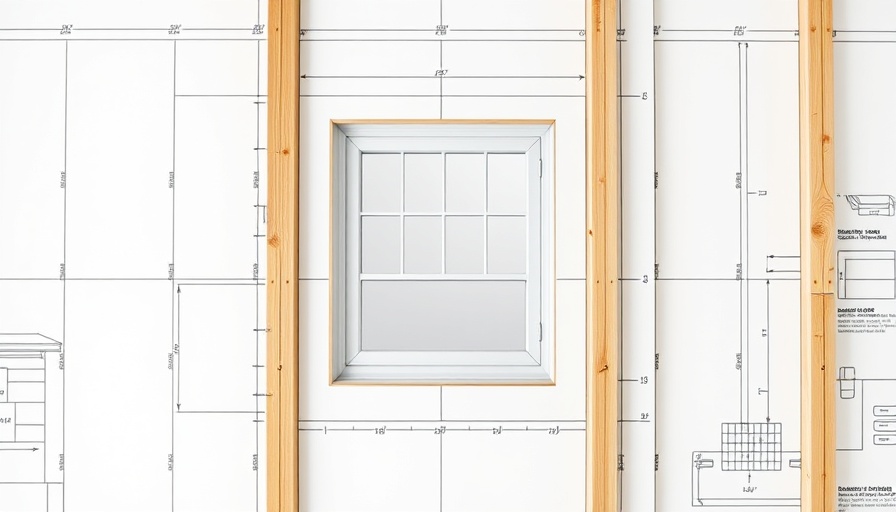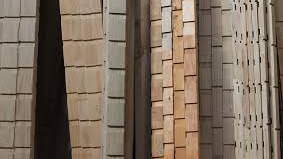
Understanding Double Stud Walls: A Brief Overview
Double stud walls are becoming a popular choice among architects and builders focused on energy efficiency and structural integrity. This design consists of two separate rows of studs, allowing for additional insulation space and reduced thermal bridging, which is the direct pathway that heat can take out of a building.
Why Window Placement is Critical
When integrating windows into double stud walls, accurate placement is essential for both aesthetics and functionality. Incorrectly positioned windows can compromise both the thermal performance of the building and its visual appeal. It’s vital to consider the spacing not only for aesthetics but also for proper function, ensuring that window frames do not interfere with the wall's structural integrity.
The Role of Insulation in Window Installation
One of the primary benefits of a double stud wall is the ability to increase insulation without taking away interior space. When placing windows in these walls, builders must ensure that insulation is properly installed around the window frame to maintain energy efficiency. Insulation not only regulates temperature but also reduces sound transmission, contributing to a more comfortable living environment.
Potential Challenges and Considerations
Despite their benefits, double stud walls can present unique challenges in window placement. Installers must be aware of potential moisture issues if insulation isn’t properly managed. Proper flashing and sealing must be incorporated to prevent leaks. Additionally, the structure may require specialized window units to ensure they can handle the modified framing system.
Expert Tips for Optimal Window Placement
Experts suggest that when planning to install windows in double stud walls, thoughtful consideration should be given to both the orientation and size of the windows. Larger windows can increase natural light but may require additional structural support. Strategically placing windows can maximize not just aesthetics but also energy savings through passive solar heating. Builders are encouraged to work closely with architectural plans and energy modeling software to predict performance outcomes.
Conclusion: The Future of Building Design
As energy efficiency becomes a priority in construction and design, understanding the nuances of technologies like double stud walls will become increasingly valuable for builders and homeowners. With the right guidance and implementation strategies, these innovative methods can lead to sustainable and efficient building practices.
 Add Row
Add Row  Add
Add 






Write A Comment